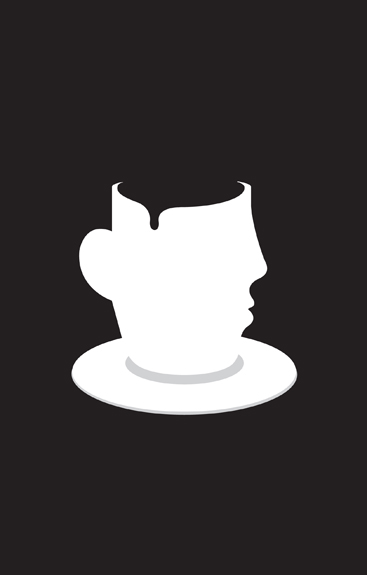PART I I I – “NEGATIVE” CAPABILITIES
On 21 December 1817, Keats wrote a letter to his brothers George and Thomas. He had been having a public disagreement with another great English poet, Coleridge. Keats felt that Coleridge was obsessed with seeking categorical knowledge and explanations for the mysteries of the natural world. Keats was intrigued about what state of mind is necessary for creative genius, particularly in literature. He described a special quality that he admired in Shakespeare, who, in contrast to Coleridge, he considered to be “capable of being in uncertainties, Mysteries, doubts, without irritable reaching after fact & reason.”62 He called it “negative capability.” The people in the stories above embody this capability.
This idea is powerful because it captures the need for making space in the mind to allow new thoughts to take root. It clears the mind of existing knowledge, clichés or existing assumptions. In addition, it captures the paradox that making space (negating what’s already in the mind) is a capability. It is a skill, an ability that some people have, but which can also be fostered. It takes positive energy, focus and capability to develop the skill of negative capability – it doesn’t just happen all by itself.
A century later, English academics Robert French and Peter Simpson brought the concept of negative capability into the business and leadership domains. They argue that only through combining positive capabilities such as knowledge, skills and competencies with negative capabilities such as silence, patience, doubt and humility can we create a space of learning and creativity at the edge.63
They argue that “organizational leaders must be oriented towards the unknown, creative insight of the moment and hence towards ‘the edges’ of their ignorance”64 to “establish or to maintain their competitive advantage and to ensure that their organization can thrive in the face of competition and market forces, or to make sure that the needs of clients are met.”65
Although there are many lessons to be drawn from diverse professions where Not Knowing is central to success, how can we use Not Knowing in situations where we are expected to know, or to make clear decisions? What capabilities can be transposed in these more “knowledge worshipping” areas, from corporate and political leadership to social situations? In the sections that follow we extract the essence from the professions where Not Knowing is a requirement for success, and apply it to the areas where Not Knowing is seen to be a liability. These sections are oriented towards the unknown. We have focused solely on the “negative” capabilities needed to survive and flourish in the unknown, as these are the ones that are usually neglected in the world of work.
It would go against the spirit of this book, however, for us to merely give you a map of how to engage with the unknown. As soon as you had the map, you would have to leave it on the cliff behind you anyway. Not Knowing cannot be mapped; it is a state that can only be experienced, and that experience will be unique to you.
We have written these sections in the spirit of exploration and discovery. We hope that the ideas might help awaken you to the possibility of Not Knowing, so that it may be a helpful companion to you on your journey. We have grouped the negative capabilities under four different headings that we’ve called “empty your cup,” “close your eyes to see,” “leap in the dark,” and “delight in the unknown.”

